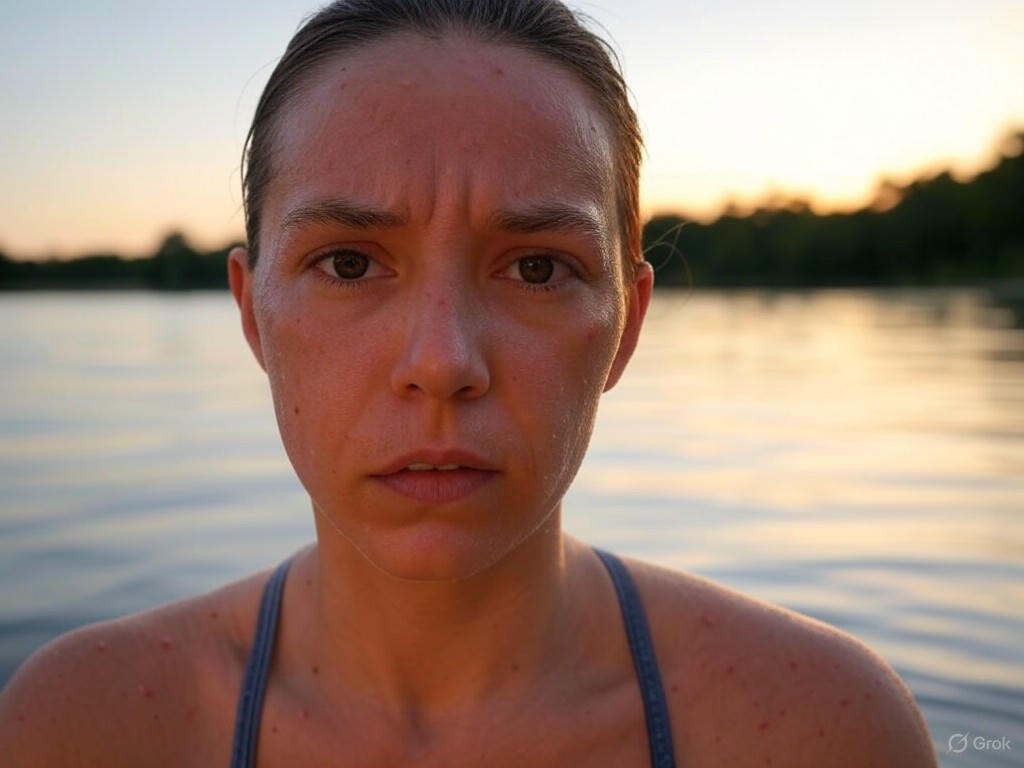Dive In Without the Itch: Understanding and Managing Swimmer’s Itch
As summer rolls in and the lakes beckon, many of us eagerly dive into the refreshing waters of our local swimming spots. However, for some, the joy of a swim can quickly turn into an irritating ordeal known as swimmer’s itch. This common condition, often encountered in freshwater lakes during warmer months, can leave you scratching and uncomfortable. But what exactly is swimmer’s itch, and how can you deal with it effectively?
Swimmer’s itch, scientifically termed cercarial dermatitis, is a skin reaction caused by tiny parasitic larvae found in freshwater bodies. These larvae, released by certain types of snails, are part of the life cycle of a parasite that typically infects birds or mammals. When humans swim in infested waters, the larvae can mistakenly burrow into the skin, triggering an allergic reaction. This isn’t a serious health threat, but it can cause intense itching, redness, and small blisters or bumps on the skin. The sensation is often described as unbearable, making you feel as though you want to escape your own skin after a dip in the lake.
The good news is that swimmer’s itch is usually short-lived, lasting anywhere from a few days to a week. However, the discomfort can be significant during that time. To minimize your risk, try to avoid swimming in areas with dense vegetation or where warnings about swimmer’s itch have been posted. These spots are often breeding grounds for the snails that host the parasites. After swimming, rinse off immediately with fresh water and towel dry vigorously to remove any larvae before they can penetrate the skin. Wearing protective swimwear or applying waterproof sunscreen may also offer a barrier against these tiny invaders.
If you do end up with swimmer’s itch, resist the urge to scratch, as this can lead to infection. Instead, soothe the irritation with over-the-counter remedies like hydrocortisone cream or calamine lotion. Cool compresses can also help reduce inflammation and provide relief. For more severe cases, where the itching disrupts sleep or daily activities, consult a healthcare provider who might prescribe stronger topical treatments or antihistamines to curb the allergic response. Additionally, taking an oatmeal bath can be a natural way to calm irritated skin and ease the prickly sensation.
While swimmer’s itch can put a damper on your summer fun, it doesn’t have to keep you out of the water entirely. By taking preventive steps and knowing how to manage symptoms, you can enjoy lake swims with greater peace of mind. Remember to stay informed about local water conditions and act quickly if you notice any signs of irritation after a swim. With a little care, you can dive into summer adventures without letting swimmer’s itch steal your splash.


